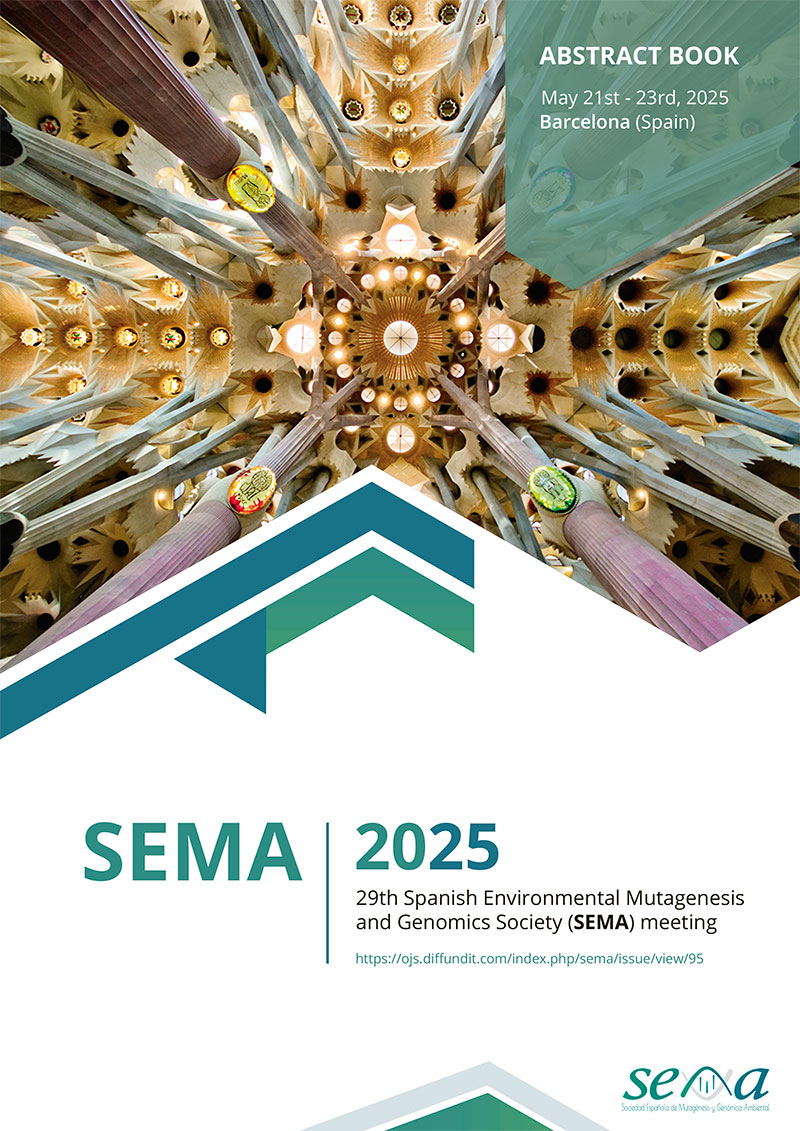Abstract
Non-genotoxic carcinogens (NGTxCs) present a major challenge in chemical risk assessment because they do not directly damage DNA, making them undetectable by standard genotoxicity testing strategies. Unlike genotoxic carcinogens, NGTxCs act through less well-understood mechanisms and are currently identified mainly through long-term in vivo carcinogenicity studies. These bioassays typically require two years of exposure, large numbers of animals, and significant financial resources. Moreover, they raise ethical concerns and are considered to have limited human relevance. Within the European Partnership for the Assessment of Risks from Chemicals (PARC), our group contributes to the WP 5.2.1.a working team, which aims to develop a battery of in vitro methods for identifying NGTxCs.
In our laboratory, we aim to test various methods, including the standard and enzyme-modified comet assay, as well as two versions of the Cell Transformation Assay (CTA).
In a first phase, 8 compounds classified as either non-carcinogens or NGTxCs were tested using both standard and enzyme-modified comet assays in 2D and 3D HepG2 models, after short and long exposures. All results were negative under the tested conditions. A second phase was launched with 13 additional compounds representing diverse carcinogenic mechanisms. This phase was performed using a 2D HepG2 model and the Fpg-modified comet assay after short exposure. Among the 13 compounds, only potassium bromate produced a clear dose-response when using Fpg. New experiments are currently being conducted on agents associated with oxidative stress, employing different experimental designs.
As part of this project, we have implemented the CTA following the corresponding OECD guidance. This method assesses carcinogenic potential through both initiation and promotion stages. We are also implementing a high-throughput, soft agar-based CTA, which detects anchorage-independent cell growth. Using both assays, we will analyze a selection of compounds.
So far, our results suggest that the comet assay, in both its standard and enzyme-modified versions, is not able to detect NGTxCs under the tested conditions.
Funding: European project Partnership for the Assessment of Risks from Chemicals (PARC; HORIZON-HLTH-2021-ENVHLTH-03; 101057014; https://www.eu-parc.eu).

This work is licensed under a Creative Commons Attribution-NonCommercial 4.0 International License.
Copyright (c) 2025 Spanish Journal of Environmental Mutagenesis and Genomics

